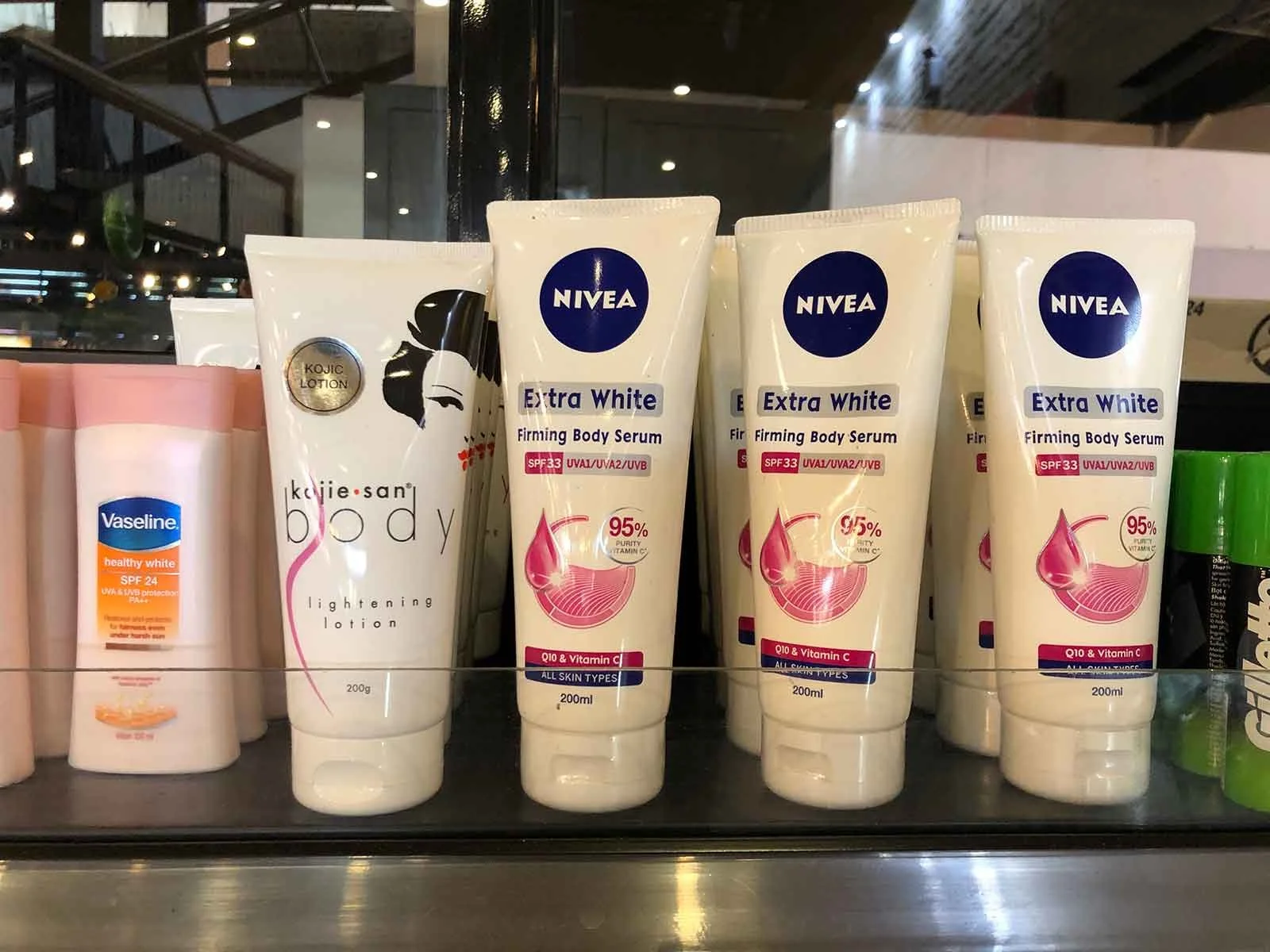“Unlearning Beauty, The Way We Know It: Deconstructing Beauty Standards in the Philippines”
“You would be prettier if your skin were lighter.”
I have heard this statement plenty of times growing up, and at some point I started to believe it.
I did not like my skin. I did not like my body. I disliked my reflection.
My skin did not make me feel home anywhere.
My body did not feel like home, not in the place I was born, and not in the country people would say I really am from.
In one place, they would look at my skin like it was special. Exotic. Different. Something to be admired from a distance. They would tell me how lucky I was and how much they would love to be “naturally tan” like me. And for a moment, I felt seen and validated, when in reality, they only saw the color and not the stories or weight it carries.
In the Philippines, on the other hand, I was made to feel less:
Less beautiful. Less desirable. Less worthy.
To them I was too dark. Too brown.
“Sayang ang ganda”, they would say. (“What a waste of beauty”)
They would mask it as humor.
They would say it with a smile, and I couldn’t get offended so I carried it for years. And their jokes ended up shaping the way I saw myself.
I wish they could pause and ask:
Why do we think lighter skin is more beautiful?
Where do these beliefs come from?
Whose standards are we measuring ourselves against, and why?
Because these beliefs did not appear from nowhere.
They have been taught through trauma, passed down through generations, shaped by centuries of colonization, and reinforced by media, advertising, institutions, and even the people around us.
And if these beliefs did not start with us, then they can be questioned.
They can be unlearned.
This internalized belief continues to thrive through the widespread use and marketing of skin whitening products in many other developing countries in the Global South, including the Philippines. It is a testament to post-colonial, internalized racism and how it continues to influence perceptions of beauty and self-worth.
Understanding these dynamics is essential to deconstructing and transforming deeply ingrained colonial beauty standards. It is a belief that runs deeply in our collective psyche. It has been internalized subconsciously after centuries of colonization. But in the context of the Philippines, it is important to distinguish that this is not racism in the traditional sense. It’s about colorism. It’s a prejudice and a form of discrimination based entirely on skin tone, often within the same racial or ethnic group. It is important to note that while these two are related and often overlap, they are not the same. Yet the two terms are commonly used interchangeably.
Recognizing this difference is crucial in understanding how colonial ideals continue to shape beauty standards from within our own communities.
Recently, I started reading Brown Skin, White Minds by Prof. E.J.R. David. He explores these themes from a psychological perspective. In the book, Prof. David introduces the concept of colonial mentality, a form of internalized oppression where people from formerly colonized nations believe that anything associated with the colonizer is better: lighter skin, Western beauty, language, and customs. He explains it as a psychological legacy of colonization that shapes not just how we see the world, but how we see ourselves. So, while we are “politically free” from colonial rule, our minds and bodies still remember and still carry the deep imprint of those colonial histories.
In Brown Skin, White Minds, he traces back the origins of colonial mentality to better understand why many Filipinos have inherited the belief that white or light skin is superior. The belief is not arbitrary but the result of a long and painful history marked by trauma. The Philippines was under the Spanish rule for over 300 years, followed by decades of American occupation. This continuous rule of foreign dominance, made it evident that skin color became a marker of power and privilege.
The Spaniards, and later the Americans, held positions of power, while darker-skinned Filipinos were pushed to the margins: cast as slaves, or entertainers, and rarely portrayed as worthy of admiration or respect. Even within our own communities, this hierarchy took hold. Lighter skinned-Filipinos or mixed-race Filipinos are treated differently, given better opportunities, higher social standing, and more access to wealth.
Filipinos exhibited at 1904 World's Fair docked in Tacoma
Bela Padila’s FHM Cover March 2012, “Bela Padilla: Stepping Out of the Shadows”
This is evident in media and entertainment, where lighter-skinned Filipinos frequently represent the rich and beautiful, while darker-skinned Filipinos are often portrayed as poor and undesirable.
Reading about it felt like someone finally put words to something I had always felt but didn’t know how to name. It made me realize that the discomfort I felt about my skin was not just a personal insecurity.
It was something I had learned. Reinforced by family, school, media, and even strangers.
And worse, it was something I had believed, and tried to undo by hiding from the sun, by attempting to bleach and erase my own skin.
That is why representation matters.
Because what we repeatedly see and hear, shapes what we believe is possible, valuable, and worthy of admiration. And when our screens, magazines, and billboards only portray light-skinned bodies as beautiful and aspirational, it sends a message: that brown is less. That we must whiten or shrink ourselves to be seen.
My art has been doing that for me. It became a way of reclaiming the image of the brown body as something powerful and complex. It has helped me challenge those beliefs and truly see myself clearly. Because beauty and worth are not dictated by the color of your skin, but by the stories, strength, and values it carries.







